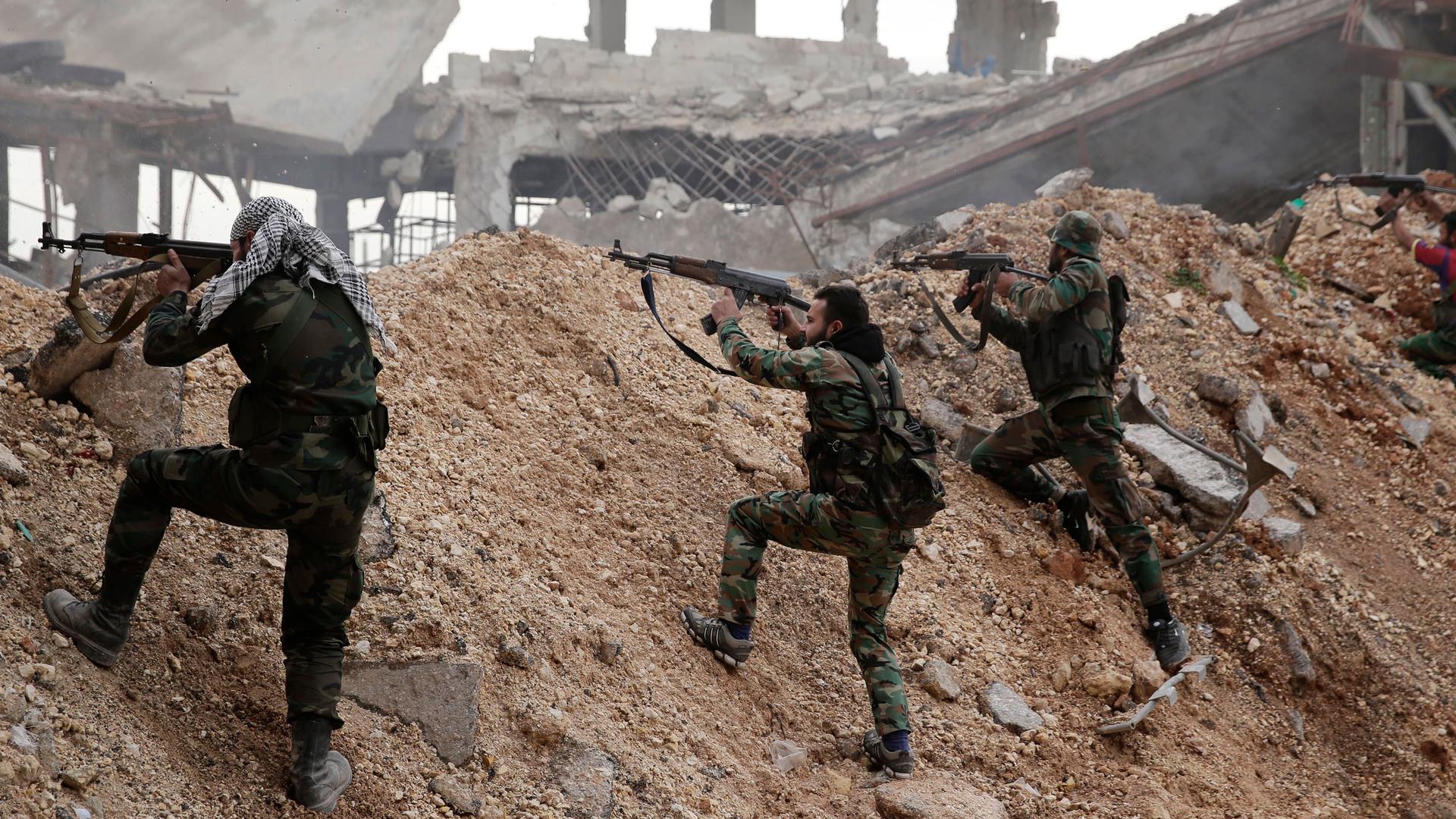This analysis was featured in Critical State, a weekly foreign policy newsletter from Inkstick Media. Subscribe here.
When insurgency erupts in a state, how it operates and endures hinges largely on where it feels threatened. The history of insurgency in the 20th century reads like a history of rural rebellion. That is where insurgent forces like Mao’s communists or the Mau Mau in Kenya were able to operate for a long time. But, argues Anthony King in “Urban insurgency in the twenty-first century: smaller militaries and increased conflict in cities,” those 20th-century wars had major urban campaigns. Instead, they just ended in defeat for the insurgents because state security forces could use superior numbers and coordination to quash urban rebellions.
Related: Civil warcraft: Part I
King’s work looks at insurgency and counterinsurgency as a kind of arithmetic of brutality. For insurgents looking to oust a local government, operating in cities where the government is, especially capitals, is a path to victory. Suppose the insurgency is instead trying to drive out a foreign occupier. In that case, the ability to attack its bases in cities and threaten violence more distantly can allow them to increase the costs of continuing occupation. To some extent, all of this can be threatened through rural operations. But being able to occupy, hold, and control cities, or at least parts of cities, gives insurgents a powerful base of operations to acquire, maintain, and wield more advanced weaponry.
Related: Democracy, interrupted: Part I
To counter that, King points to the success of massive deployments of security forces, especially relative to the size of the city being contested. In Algiers in 1957, for example, the low estimate of security forces was 14,000 among a population of 900,000 or a ratio of 64 to 1. (Algiers may have had twice as many security forces, halving that). By contrast, in 2013, Syria’s government only had 7,000 security forces to Aleppo’s population of 1.5 million, which is 214 to 1. King argues that this goes a long way to explain the slow and brutal course taken by Syria in the years of the siege.
Related: Democracy, interrupted: Part II
While it is unlikely that many modern states will revert to conscription-heavy models in the face of new insurgencies, there’s an alternative to increasing the number of bodies patrolling and fighting: proxy forces.
“Partnerships with local state, militia, or irregular forces have played an increasingly important role in urban conflict…”
“Partnerships with local state, militia, or irregular forces have played an increasingly important role in urban conflict, providing additional mass,” King writes. “Weaker states fighting for their sovereignty, such as Iraq, Syria, and Ukraine, have been increasingly forced to mobilize irregular troops.”
Understanding the labor needs of military efforts makes it easier to understand how and why they reach out to other groups of “armed friendlies” to bolster their numbers and fighting power. Urban warfare is dangerous and increases the shape of conflicts to come. While security forces, like armed militias or patrolling local police, may be unwilling to risk harm to themselves in the same way as professional soldiers, when the opportunity arises to inflict violence against perceived enemies, well, there can be strength and protective anonymity in numbers.
Critical State is your weekly fix of foreign policy analysis from the staff at Inkstick Media. Subscribe here.
